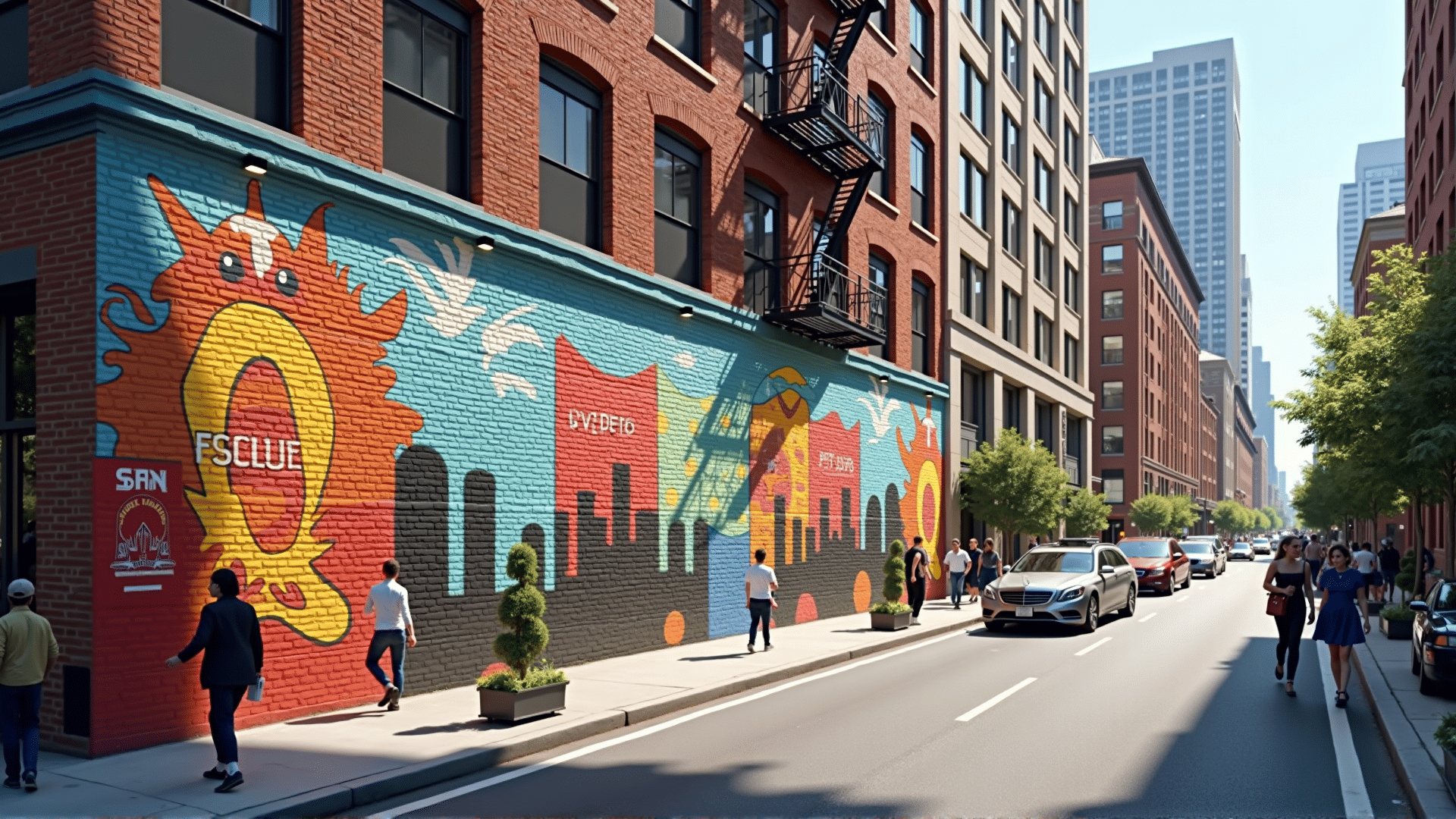In recent years, urban landscapes in the United States have witnessed a vibrant resurgence of artistic expression, transforming city streets into dynamic canvases that reflect the creativity and diversity of their communities. This renaissance in urban art is not only revitalizing public spaces but also fostering a deeper connection between residents and their environments.
The revival of art in urban areas can be traced back to the growing movement towards reimagining public spaces as platforms for creativity and cultural expression. Cities across the country, from New York to Los Angeles, are embracing the potential of art to engage, inspire, and educate, leading to a proliferation of public installations, murals, and interactive exhibits.
One of the most striking aspects of this movement is the rise of large-scale murals adorning city buildings and alleys. These works of art, often created by local artists, have become landmarks in their own right, with some becoming iconic symbols of their neighborhoods. Murals offer artists the opportunity to tell stories, celebrate cultural heritage, and address social issues, all while adding vibrancy to otherwise drab urban environments.
In addition to traditional murals, interactive art installations have gained popularity, drawing people out of their routines and encouraging them to engage with their surroundings in new ways. Sculptures that double as playgrounds, digital artworks that respond to movement, and installations that invite viewers to participate in the creative process are just a few examples of how contemporary artists are redefining public art.
Community involvement plays a crucial role in this urban art renaissance. Many projects are the result of collaborations between artists, local governments, and residents, ensuring that the artworks reflect the unique identity and values of the communities in which they are situated. This collaborative approach not only enhances the aesthetic appeal of neighborhoods but also fosters a sense of ownership and pride among residents.
Moreover, the integration of art into urban spaces has economic benefits as well. Cities have reported increases in tourism and local business activity as visitors come to explore vibrant districts rich in artistic offerings. Art festivals, guided tours, and art walks further boost local economies, providing opportunities for artists to showcase their work and for residents to celebrate their community's cultural vitality.
The impact of this artistic transformation is particularly significant in areas that have faced economic challenges and urban decay. By investing in public art, cities are not only beautifying their spaces but also igniting a broader wave of revitalization. Improved public perceptions, increased foot traffic, and enhanced quality of life are just a few of the positive outcomes that contribute to the broader goal of community development.
Public art in urban settings also serves educational purposes, sparking dialogues about complex social issues. Art has the unique ability to convey powerful messages that resonate with diverse audiences, prompting conversations about topics such as racial inequality, environmental sustainability, and public health. By incorporating art into urban settings, cities are encouraging residents and visitors alike to engage with important societal issues in a visually compelling and thought-provoking manner.
As this renaissance of art in urban spaces continues to flourish, it serves as a testament to the power of creativity in fostering community, sparking dialogue, and transforming environments. American cities are proving that when art and community come together, they create not only beautiful spaces but also vibrant, inclusive, and dynamic societies. As urban areas continue to evolve, one thing remains clear: the blend of art and public space is not just an aesthetic enhancement but a catalyst for cultural and social growth.
